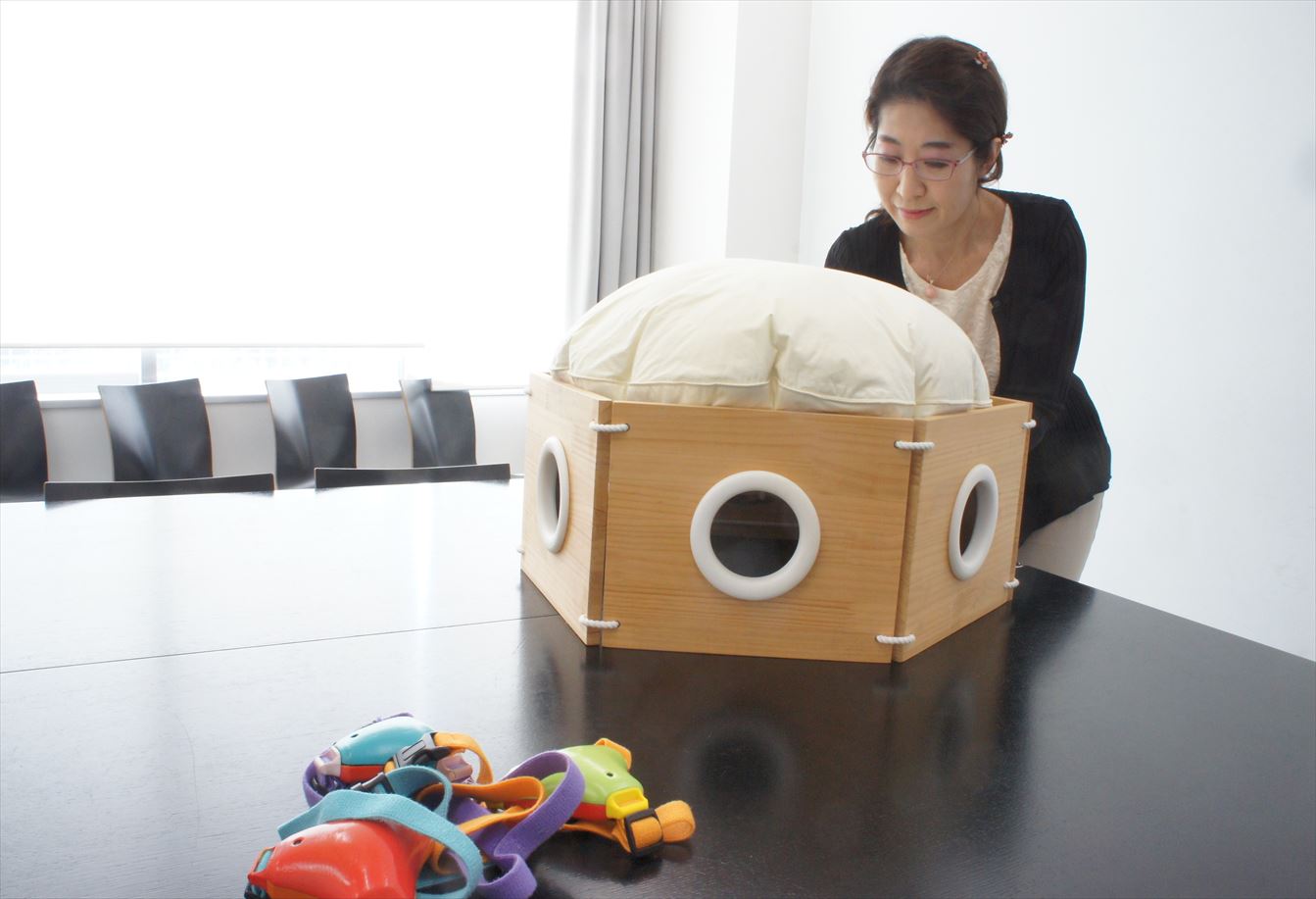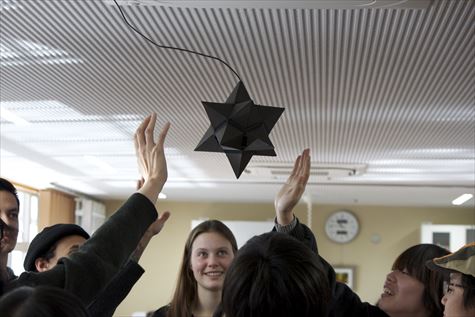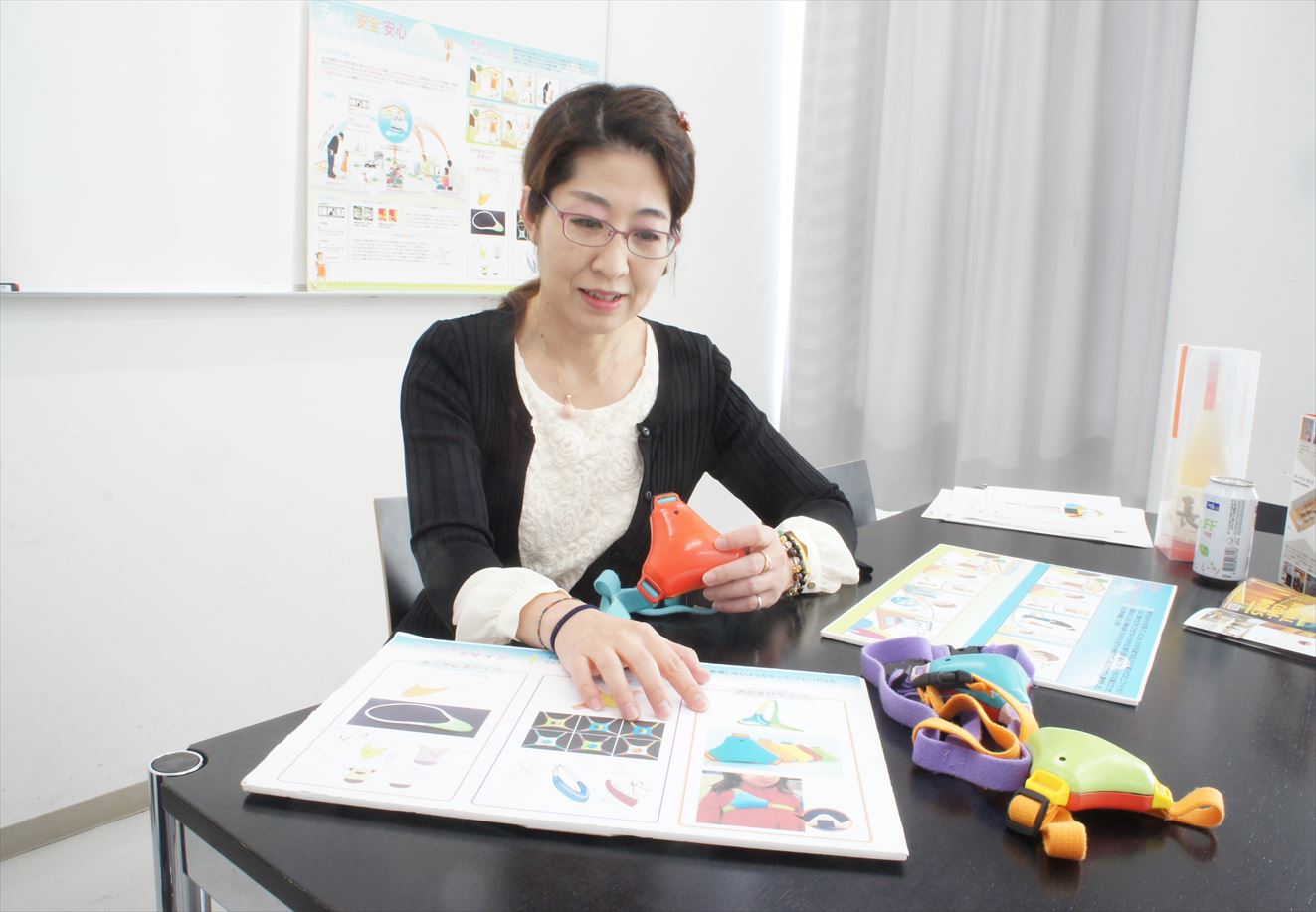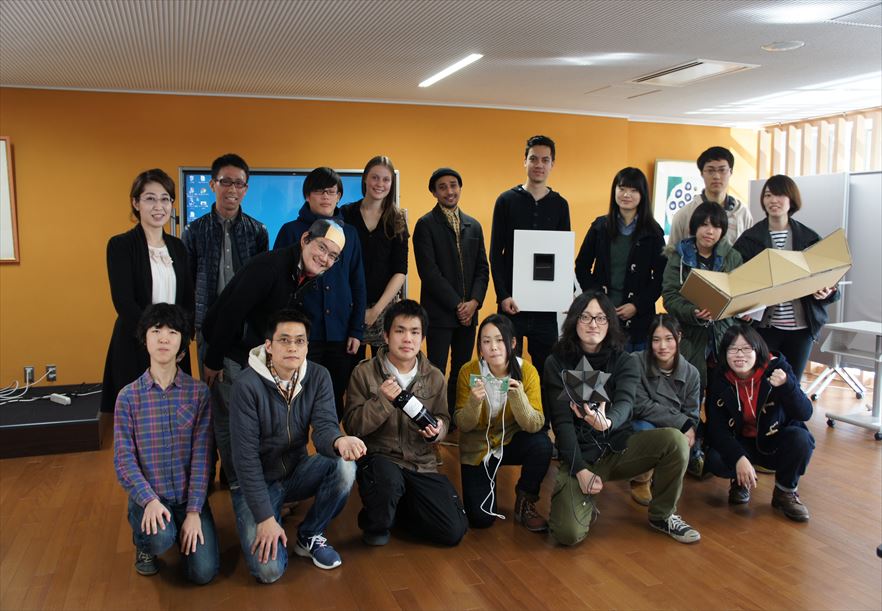TSUKUBA FUTURE
#018 Design That Inspires Kansei
Associate Professor LEE Seung Hee, Faculty of Art and Design

Born in South Korea, Prof. Lee has enjoyed drawing ever since she was a child. Thinking she might become an artist, she attended Ewha Womans University in South Korea. There she learned about the possibility of working as a product designer and later she found a job working for Daewoo Motors (now GM Korea) as an auto designer. The basic concepts of the cars she designed around that time are still in use today. However, when she looked at the designers around her, she began to have some doubts. Is it enough for an auto design just to make the car look cool? Shouldn't designs address issues of user convenience? In an effort to dig down into these issues, Prof. Lee decided to study abroad at the University of Tsukuba Graduate School.
Prof. Lee's research focused on this question: "Is the designer's kansei being conveyed to the consumer?" To answer this question, she had to explain what she meant by human "kansei" (kansei can be loosely translated to refer to the concepts of "sensitivity," "sensibility," or "intuition"). Her interests thus naturally expanded into the field of neuroscience. Using an fMRI, which makes it possible to see brain activity, Prof. Lee conducted an experiment in which she monitored the activity of a person's brain when they were shown a pen and then were asked to imagine a new pen design. The results showed that the hippocampus section of the brain, which contributes to memories, was more vigorously activated in the brains of students in the design program than in the brains of other students. This has been interpreted to mean that the subjects were imagining new things by contrasting them against their past memories. If we refer to the results of this process as reflective of their "kansei," then it seems that a person's kansei will be refined as they accumulate experience and knowledge. Separate from this, she also conducted an experiment using an electroencephalograph (EEG). She measured subjects' brain waves when they were presented with a design challenge and when they were engaged in other activities, and compared the results. The everyday activity that was most consistent with a good balance between α waves, β waves, and θ waves during the design activity was 3D puzzle solving. The behavior of using one's hands to solve a complex puzzle activated the brain in the same way as a creative behavior. These results led Prof. Lee to think about the meaning of kansei-heightening design. One conclusion she drew was that devices that do not require bodily movement, such as mobile phones and remote controls, might not be the best designs for users. Rather, designs that intentionally require users to move their hands in fun ways may result in greater creativity. She decided that it might be necessary to strive to create designs that turn untouchable information into something touchable. That is, to increase kansei and imagination, designs should make movement visible, and the form itself should be designed to show how the operations work. Designs that can be used without moving the body are not very good in terms of their activation of the human brain.

This is a chair that can be used to lift a person. This is done by having two people on opposite sides of the box hold hands inside the box. It was specifically designed to make people use their bodies and touch one another.

New development in Sound Scope Headphones: the speaker in this photo emits sound when users put their hands close to it
Prof. Lee, who has experience raising children while working, regrets having so little time to spend with her daughter, who attends nursery school. So she developed the "onigiri machine." This is a wearable device that is equipped with a heart rate monitor, activity sensor, GPS, camera, and mini-computer. When her child's heart rate is not consistent with the activity she's engaged in (e.g., when her heart is pounding high even though she's sitting still), the camera is activated and a picture is recorded. By entering an ID and password, Prof. Lee can access that record so that she can share in the experience with her daughter. She jointly developed this device with Masatoshi Hamanaka, a lecturer in the Faculty of Engineering, Information and Systems, and former Faculty of Medicine Associate Professor Yoshiki Iwamoto. This device is undergoing unexpected developments, and practical experiments are being developed to test its use in preventing children from getting lost in large shopping malls and in protecting elderly people who are at risk of wandering.

The "onigiri machine" she's holding was named by the children in the nursery. It is lighter than the lightest mobile phone at 97 grams.
Prof. Lee is head of the Kansei, Behavioral, and Brain Sciences Program in the Graduate School of Comprehensive Human Sciences. This is an interdisciplinary education and research center that brings together professors from the Faculty of Engineering, Information and Systems, the Faculty of Human Sciences, and the Faculty of Medicine. The fMRI research shows that people's entire brains are activated when they are exposed to new experiences. Talking with someone in a different field from one's own heightens one's kansei and produces new ideas and ways of thinking. One result of this was the "onigiri machine," but there are other fun-to-use or intuitively operable products as well. Examples include a camera that shoots photos of people only when they are holding hands, Sound Scope Headphones that enable the wearer to more clearly hear the sound from a particular instrument, when music is being played, by moving their gaze toward that instrument, and a chair that can be used by two people working together to lift a person. Like a fish to water, Prof. Lee's kansei seems to be thriving in this unique environment.

Classes are conducted in English with students on short-term study programs from partner schools, and open classes are held under the Student Commons program conducted by the Global Commons. The products developed by the students embody a variety of new ideas that facilitate communication through the movement of users' bodies.
Article by Science Communicator at the Office of Public Relations


